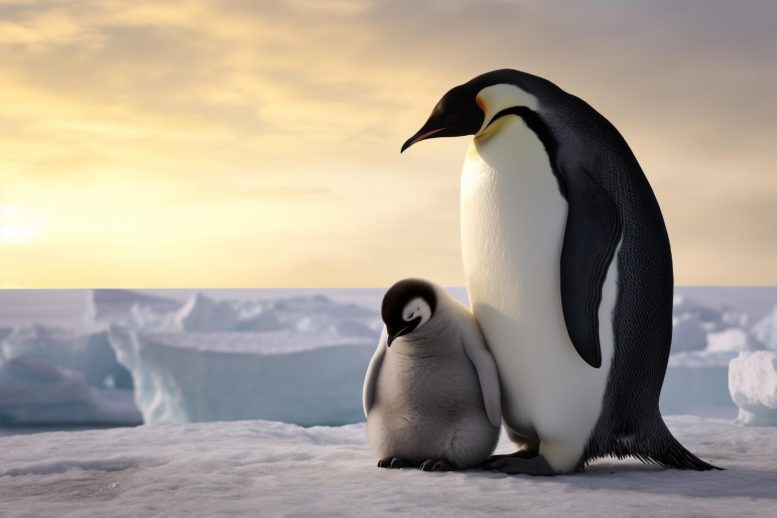
In spring 2022, a drastic breeding failure was observed in four out of five emperor penguin colonies in the Bellingshausen Sea, Antarctica. This alarming phenomenon, a first in the past 13 years for the region, is attributed to the significant sea ice loss due to climate change. The survival of chicks is heavily influenced by stable sea ice, necessary for their breeding and molting.
Due to unprecedented sea ice loss from climate change, four out of five emperor penguin colonies in Antarctica faced significant breeding failure in 2022.
Four out of five emperor penguin colonies in the Bellingshausen Sea, Antarctica, saw no chicks survive to fledge successfully in the spring of 2022, reports a study published today (August 24) in the journal Communications Earth & Environment. The study suggests that this complete breeding failure is a direct consequence of the unprecedented loss of sea ice recorded in the region in recent years due to climate change.
Necessary Conditions for Breeding
Emperor penguin (Aptenodytes forsteri) colonies generally need stable ice attached to the land between April and January to ensure successful breeding and molting. Any change in the extent of the Antarctic sea ice can affect their reproduction as chicks do not develop waterproof feathers until fledging.
Satellite Surveillance of Penguin Habitats
Peter Fretwell and colleagues used satellite images covering the period between 2018 and 2022 to monitor the presence of emperor penguins during the breeding season at five colonies in the Bellingshausen Sea in Antarctica. The colonies are known as Rothschild Island, Verdi Inlet, Smyley Island, Bryan Coast, and Pfrogner Point and range in size from around 630 pairs on Rothschild Island to around 3,500 pairs on Smyley Island.
Findings and Implications
The study reveals that four colonies — Verdi Inlet, Smyley Island, Bryant Coast, and Pfrogner Point — experienced total reproductive failure and were abandoned in the period after the sea ice broke up before the start of the fledging period in December 2022. The authors indicate that it is unlikely that any chicks survived to successfully fledge at these colonies. However, satellite images suggest that chicks did fledge successfully at Rothschild Island colony. The authors note that of the five colonies only Bryant Coast colony had been identified as having experienced total breeding failure prior to 2022.
This marks the region’s first regional breeding failure observed for emperor penguins in the past 13 years. It also stands as some of the initial evidence highlighting the direct repercussions of Antarctic warming on emperor penguin population viability.
“Record low 2022 Antarctic sea ice led to catastrophic breeding failure of emperor penguins” by Peter T. Fretwell, Aude Boutet and Norman Ratcliffe, 24 August 2023, Communications Earth & Environment.
DOI: 10.1038/s43247-023-00927-x

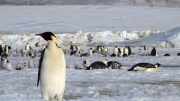
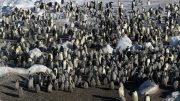

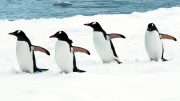
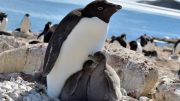
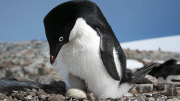


Be the first to comment on "On Thinning Ice: Emperor Penguins Face Breeding Meltdown in Antarctica"